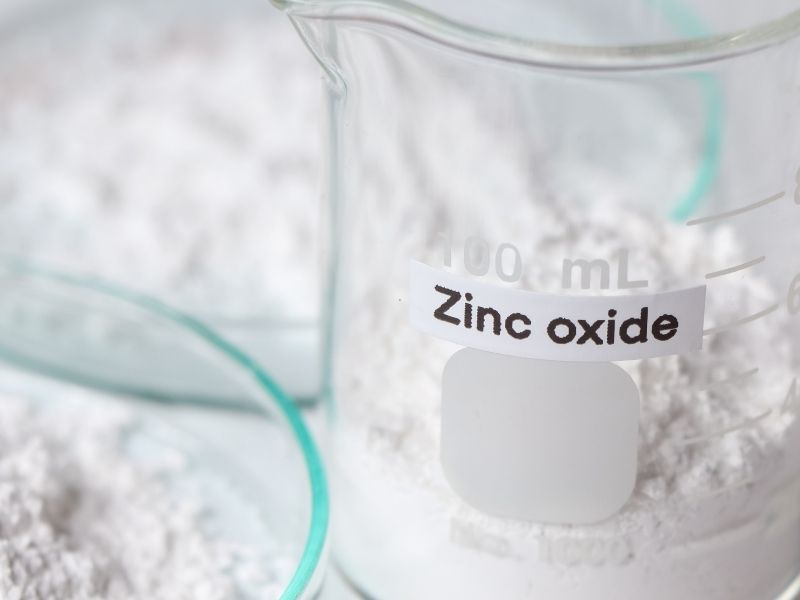Sunscreens, cosmetics, and even fortified cereals often contain pure zinc oxide powder. This fine, white substance comes from the mineral zincite and has been valued for centuries. Its uses are wide-ranging, from shielding skin from UV rays, calming irritation, and enriching foods with nutrients. In recent years, though, concerns have surfaced about how safe it truly is in modern products.
The Risks of Pure Zinc Oxide Powder
Pure zinc oxide powder is generally considered safe for use in various applications, notably as a key ingredient in sunscreens and cosmetics, but its safety depends on several factors, including particle size, exposure route, concentration, and formulation.
Toxicity and Safety Assessments
Research shows that zinc oxide (ZnO) is generally safe and has very low toxicity when used within recommended limits. In a 13-week study with rats, no harmful effects were observed at doses up to 268.4 mg/kg/day. For sunscreen use, the margin of safety is extremely high. Making it safe at typical concentrations of up to 25%. Some animal studies did reveal that nano-sized zinc oxide can trigger higher toxicity due to reactive oxygen species (ROS) and zinc ion release. However, pairing it with antioxidants such as curcumin has been found to lessen these effects.
Skin Penetration and Carcinogenicity
Zinc oxide barely penetrates the skin, which means the body’s overall exposure from topical products remains very low. Studies also confirm that it is not carcinogenic. This makes it a reliable and safe ingredient in sunscreens and other skin-care products.
Nanoparticles and Phototoxicity Concerns
Nano zinc oxide, often added to sunscreens for effective UV protection, can create oxidative stress and may damage cells under certain conditions. Research with zebrafish shows that when zinc oxide particles, both nano and micro, are combined with some organic sunscreen agents, they can break down under UV light. This breakdown not only reduces UV protection but may also produce toxic byproducts. While nano zinc oxide remains widely used and safe at cosmetic levels, it’s important for R&D to pay attention to photostability and ingredient combinations.
Pure zinc oxide powder is safe for consumer use when applied at approved levels in cosmetics. Proper attention to formulation details, particle size, and stability under UV light ensures both safety and effectiveness in products like sunscreen.



